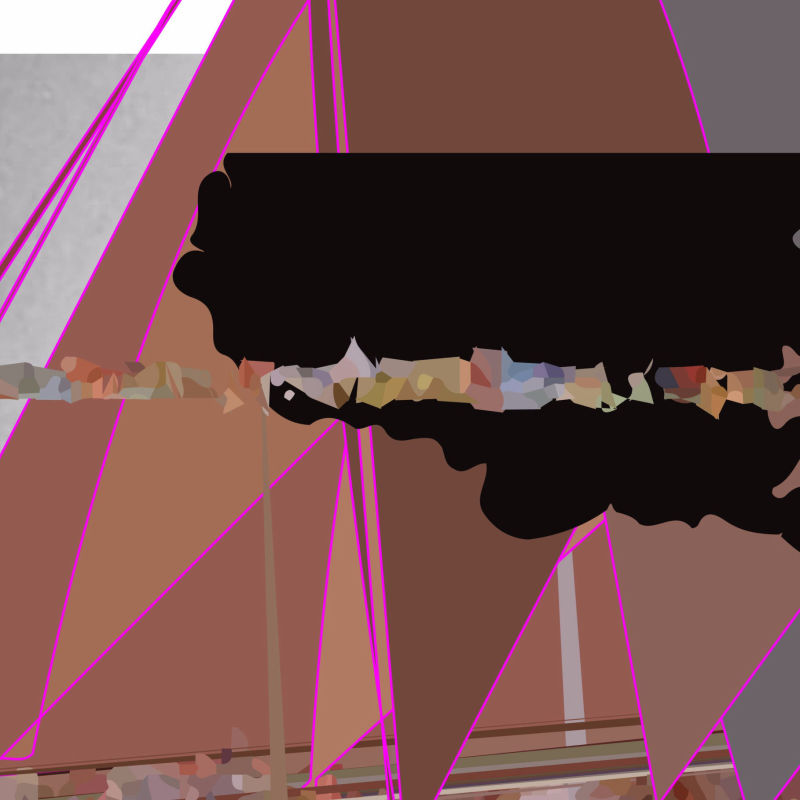
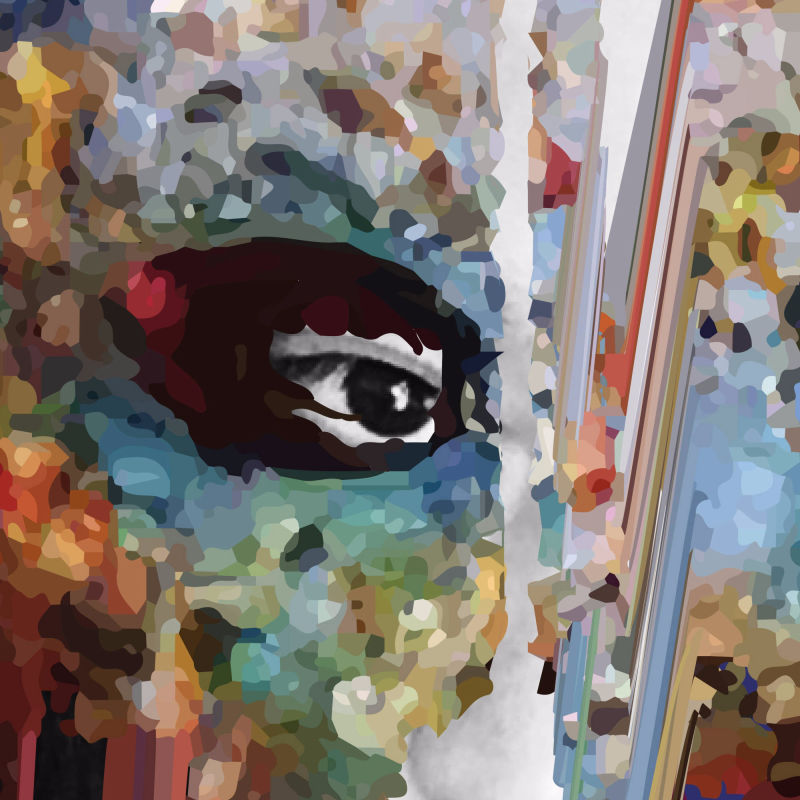
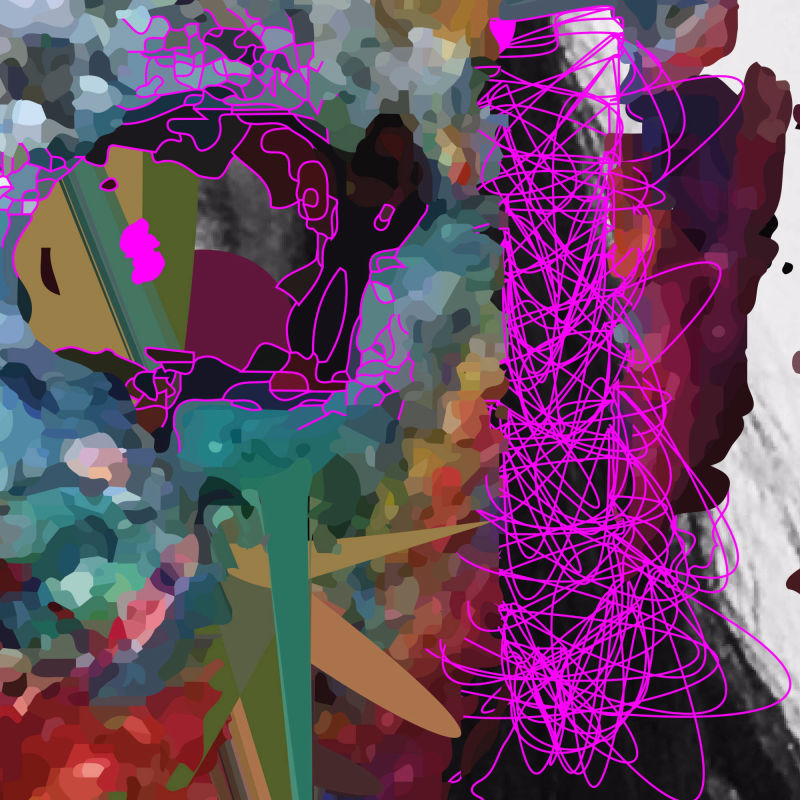
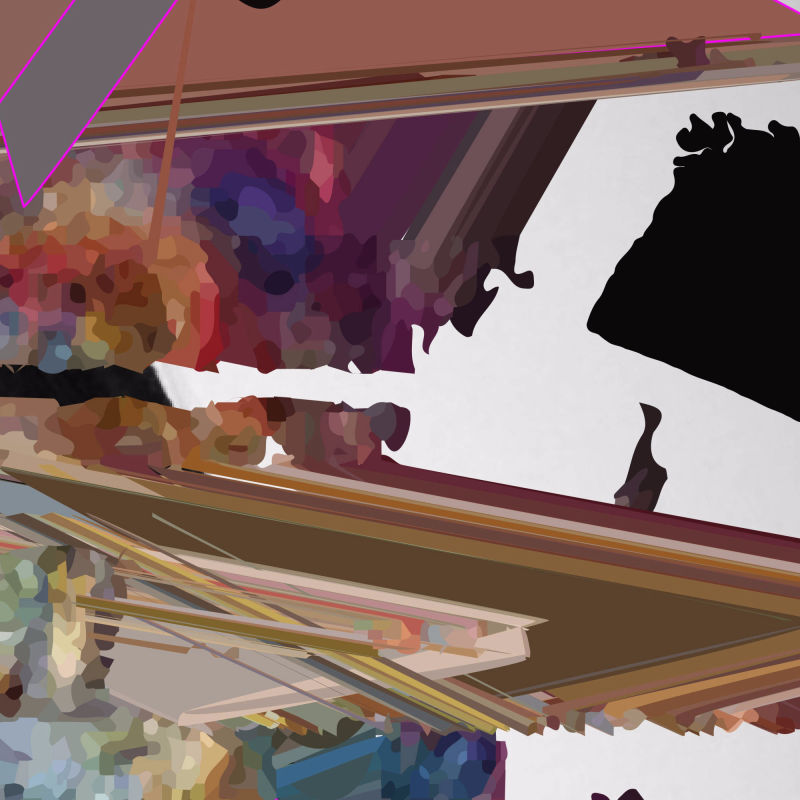
D1 — In 2013 Timothy Morton publishes Hyperobjects, a book by which our album is inspired. (To get an idea of what a hyperobject is, think about global warming, which is: non-local, viscous, extended in time, etc. etc.). In his book Morton also makes various examples of hyper-music, ranging from My Bloody Valentine to The Well Tuned Piano by La Monte Young. (If you’re interested in listening to some examples, here's a mixtape made by the guys at Not with a selection based on the examples mentioned by Morton in his book). Now, without necessarily knowing in detail what Morton says in his book, if you were to imagine a hyper-music, what features should it have in your opinion? Why?
Yousuke - It has a elements and factors that go beyond the limits of human perception.
Hyper music has a wider boundary of current definition of music because of radical cybernetics and massive data manipulating. That was predicted 30 years from now and actually got closer to our daily life in these last 10 years, and it’ll become a more familiar and usual choice for us.
Space discovery is an example of a familiar thing emerged in recent years. The human being reaches to outer space and discovers new things like every week. It reaches to asteroids and aims at bringing back the soil from there, takes an actual picture of a black hole etc.
Space age is not SF currently, it’s already one closer side of daily life.
In the next 10-20 years, some of people will be able to go into the space touring as a vacation activity.
Then what kind of music will we hear in the air close to Mars we have a festival there with our bodies’ mechanical/bionic/perceptual limits extended? For example, the atmospheric composition of Mars, its pressure is 1/100 of the Earth. So if we play same music/sound that we can hear at the Earth, the sound we will hear will be different because of the difference in atmospheric composition.
Of course the sound vibration is a variable factor that depends on atmospheric composition.
So many factors are going to fluctuate through unstable values in the next age.
For example, we can suit and change the many of factors of music from the bottom cause. In physical space: loudness ±, frequency ±, environments, numbers of sounds, speed ±, duration ± etc. In technical space: sound system, power, instruments, voices, etc.
“HYPER” means recreating and redefining the music for our newer living situations. It’s not only about making variations of current musical environments.
D2 - The other main theme of dTHEd is neurodiversity. For neurotypical people, imagining the life of a neurodiverse person is extremely complex, on the verge of being impossible. It is therefore legit to wonder whether it would be possible for neurotypical people to actually step up and create art inspired and functional to neurodiverse people. In your opinion, what could be done and how should it differ from normal art for neurotypical recipients? Does it make any sense to try to create art with such premises or should we believe that art in its vastness can already satisfy everyone, as diverse as they might be?
Yousuke - In a similar case as hyper-music, neurodiversity will redefine a more wider boundary of art. The current technical factors and environment can construct a viewing environment that supports a wide variety of cases.
For example in music, the realtime conversion of information and data allows to correspond variations translated from music to several situations of human individuality. Then all arts must be neutral to translate suitable forms for individuals. The important factor is that the translations can be manipulated by the parties concerned.
These kind of ideas of diverse generator for arts will redefine the interpretation of arts and environments of presence in many aspects.
Then neurodiversity might be on the side of creation strongly.
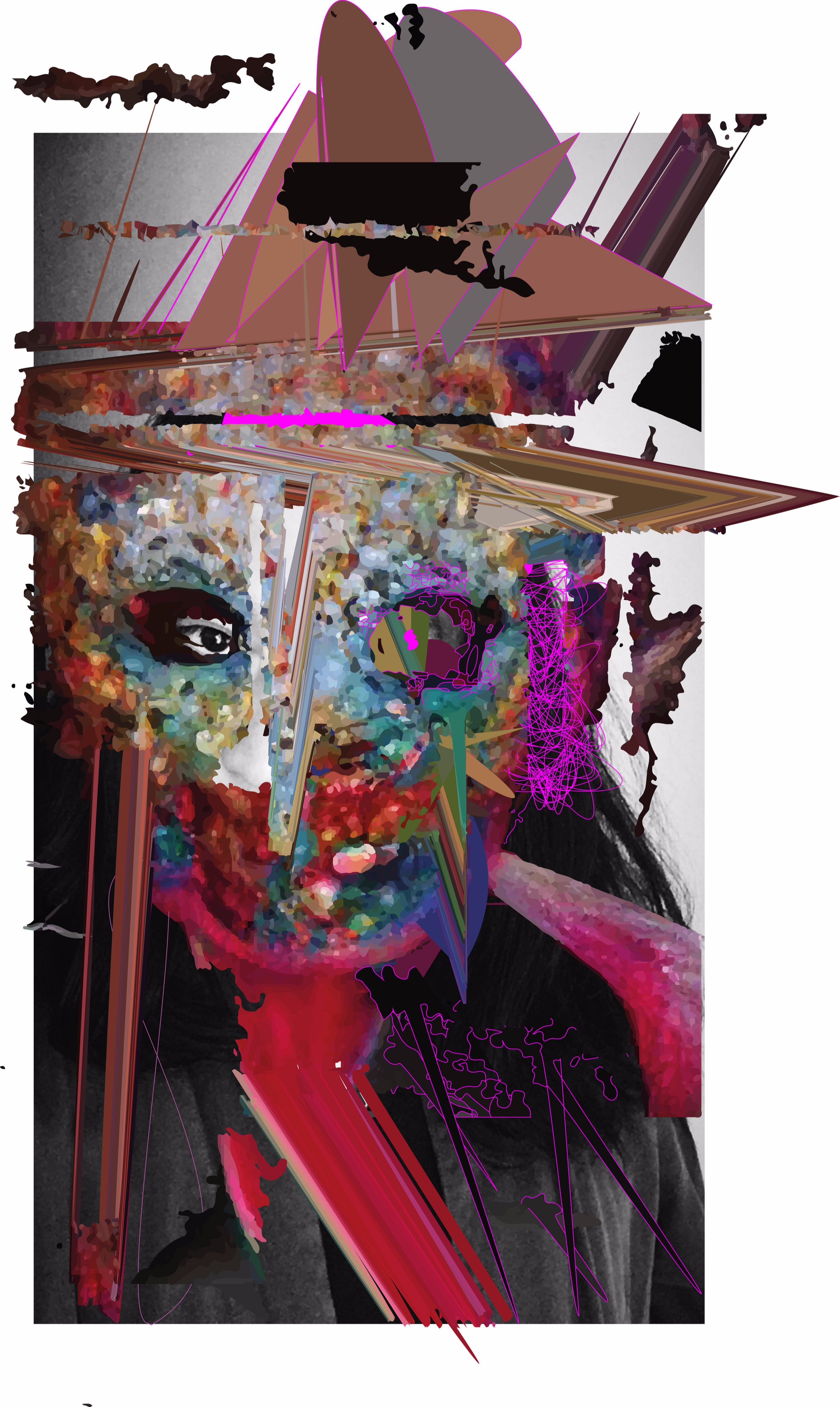
D3, from Andrea Guerrini - If you were a dinosaur, which music would you listen to?
Yousuke - Dinosaur’s listening range is 10Hz~8000Hz. Human’s listening range is 20Hz~20000Hz. Most of classical music’s sounding main range is 50Hz-3000Hz.
Then mapping that to Dinosaur’s range: 21Hz-1201Hz can be Dinosaur’s “musical” range.
Then what kind of sounds are within that range in Dinosaur’s age?
It might be hum of insects that are buzzing around them.
The sounds under 21Hz are warning signs. They might be the vibration of the steps of enemies or rivals. So then the dinosaurs must be nervous.
Also the sounds over 1201Hz are intensive sounds for them, because these must be the roars and shouts of other dinosaurs.
The rest of the range, the sounds within the limits of 21Hz-1201Hz, might be the “relaxing” range for them.
Then the dinosaurs take a rest, surrounded by hum sounds, the orchestration of ancient insects. (Because the structure of the dinosaur’s ear is simple, the dinosaur can not listen to the delicate flowing strength of sounds.)